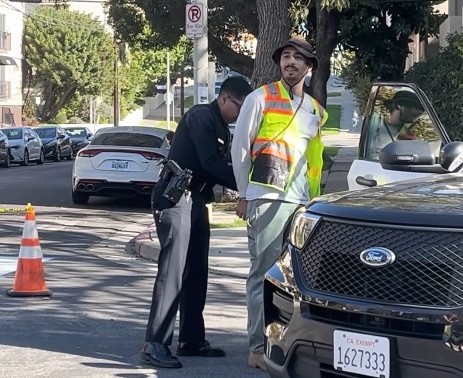
This week there's a huge gathering in Dallas for the annual Railvolution conference. One of the hot topics for all those people trying to build walkable places: parking requirements.
At one session, University of Utah professor and eminent urban researcher Reid Ewing spoke alongside a developer about the downsides of being forced to build too much parking -- even right next to transit, even for affordable housing. Ewing had some eye-opening stories about how influential guidebooks like the Institute of Transportation Engineers "Parking Generation" -- which purport to have parking requirements down to a science -- are wildly off the mark. Brandon Formby at the Dallas Morning News' Transportation Blog reports:
When Ewing and some students attempted to study actual usage at several TODs throughout the country, many property managers wouldn’t allow them onto the developments to survey people using them.
“We’re still having trouble getting permission,” Ewing said.
So Ewing and his team used the Redmond Downtown Transit Center outside Seattle as a case study focusing on how people accessed the transit-oriented development around it.
Ewing said the development spurred about 37 percent of the vehicle trips per day that the Institute of Transportation Engineers estimated would occur. He said the guidelines estimated that residential parking demand would require 441 spaces during peak periods. Reid said only 278 spaces would satisfy actual demand.
Elsewhere on the Network today: Streets.mn takes down two anti-bike arguments. And Tim Kovach explains how terrible smog events jump-started modern air quality regulation.





